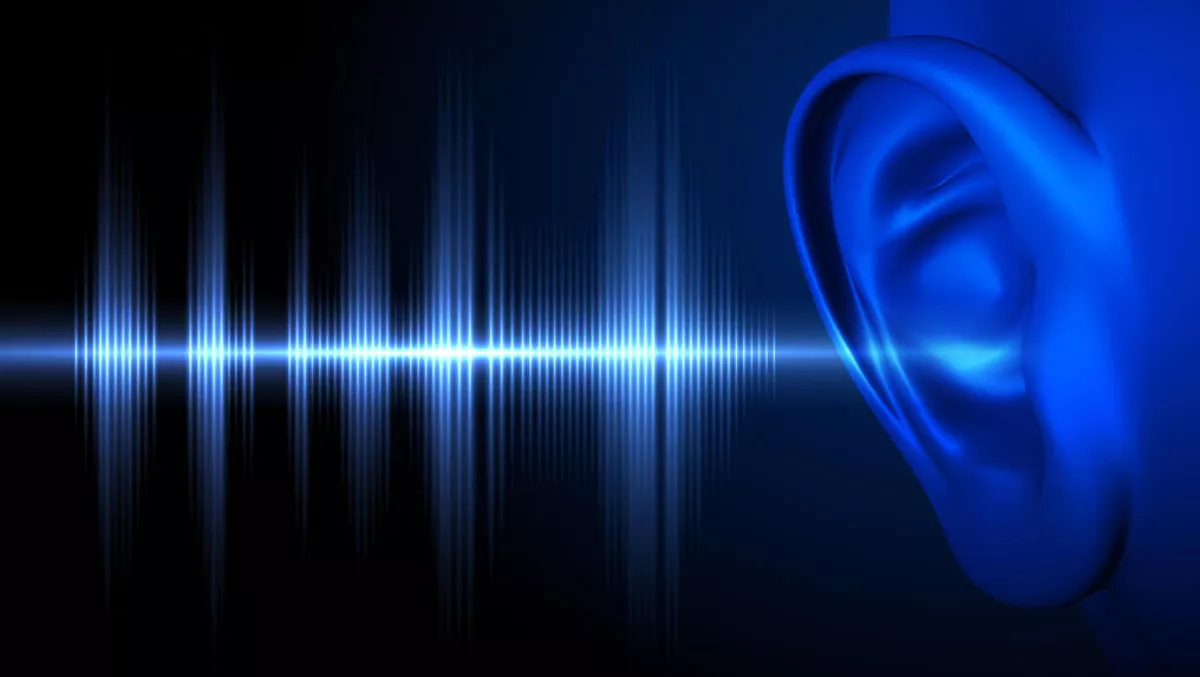
NEC makes hearable tech prototype for 'safer authentication'
NEC has developed new 'hearable' technology that may eventually do away with passwords for user authentication - and it uses the characteristics of a person's ear to do it.
The new prototype uses hearable device otoacoustic authentication technology, which means it 'recognizes the characteristics of a user's ear in order to enable hands-free authentication'.
According to NEC, that technology can help users access their devices without entering a password. It connects to smart devices using Bluetooth Low Energy (BLE), and will include services such as map sites for city guidance.
The prototype has a microphone, speaker and 9-axis motion sensor with gyroscope, acceleration and geomagnetic sensors.

The motion sensor can estimate user locations - so if users are lost, they are easily able to find their location. It also works when GPS signals are obstructed.
"NEC is aiming to commercialize hearable platform services that combine individual authentication, indoor positioning, acoustic AR (augmented reality), vital sensing and other technologies by the end of 2018," comments Tomonori Kumagai, general manager, Business Development Division, NEC Corporation.
NEC also says that because the device is in-ear, it shakes less than other devices that may be worn around the neck or wrist. Future versions may also be able to track pulse rates and other biometric information, in addition to facial recognition, a change in posture and activities like walking or running.

NEC says it wants to help reduce privacy risks by adding personalized security, which allows users to be more aware of their surroundings.
"Going forward, NEC will accelerate trials in collaboration with service providers and device manufacturers, while proposing new approaches to computing that utilize these technologies," Kumagai says.
NEC will provide APIs for its otoacoustic authentication technology and indoor positioning technology. It will also provide device manufacturers with design specifications.


